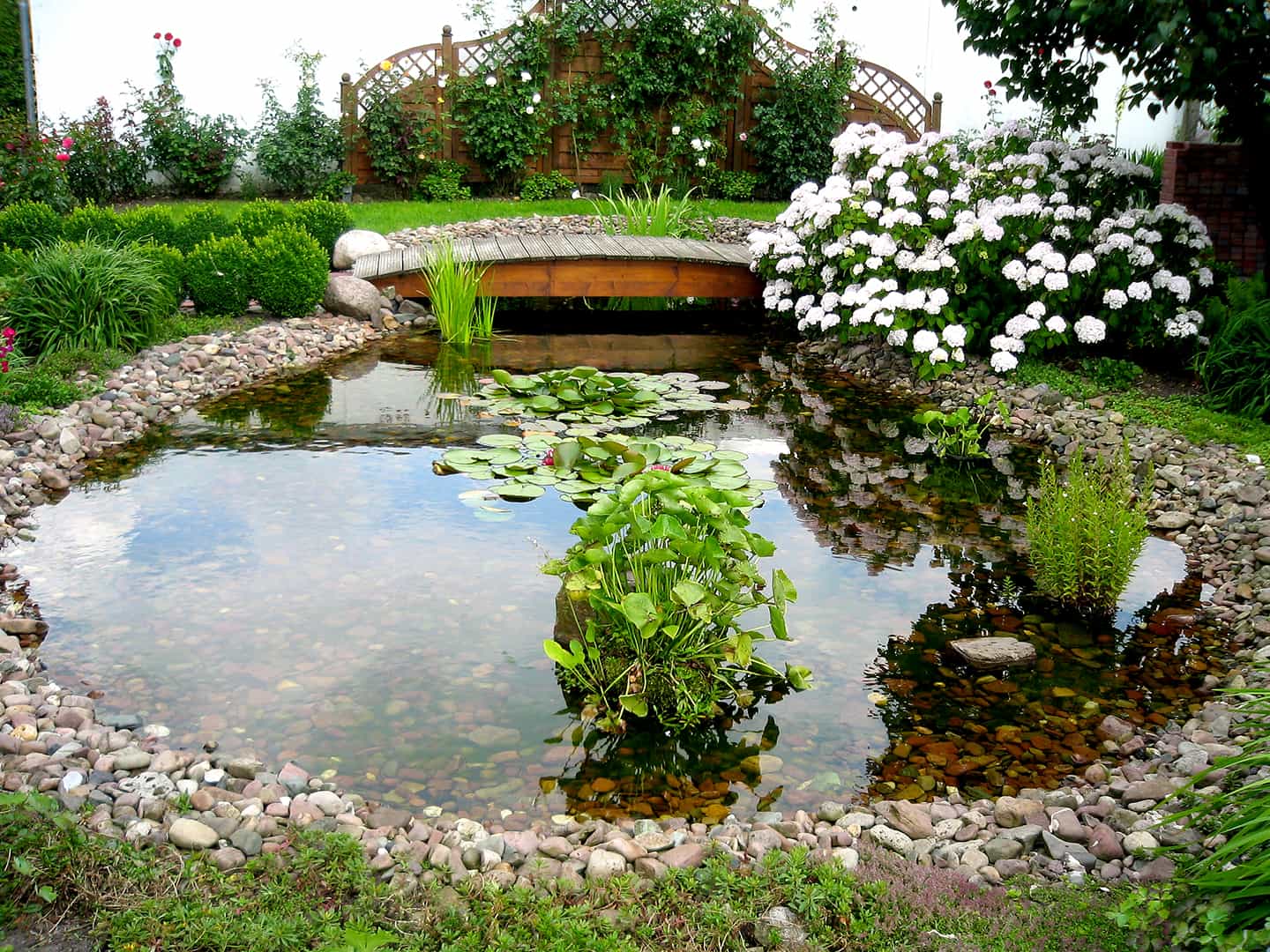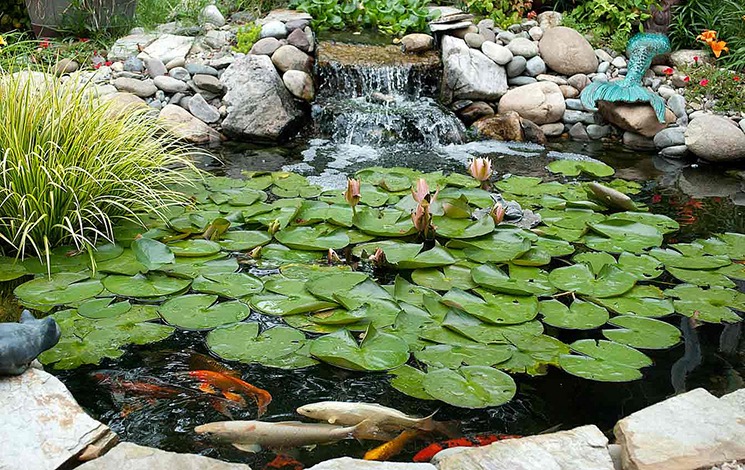Choosing The Best Fish Pond Filter

Picture by: https://www.morguefile.com/creative/dieraecherin
How Do You Choose The Best Fish Pond Filter
The perfect and best fish pond filter is a device that will keep any type of pond water clean, clear and healthy. There are a few different types and you will need to make sure that whatever you choose is able to cope with volume of water in your pond.
The Best Type of Filtration for Your Fish Pond
Funnily enough, the idea of filtering water in fish ponds is quite a new one. People who kept fish in garden ponds used to drain out some of the water from time to time – usually once a year – and then replace it with fresh water. Alternatively what they would do was to trickle water into the pond using a hosepipe, and then allow the water to overflow, in that way diluting the polluted water. This was usually more than enough to get rid of any toxic stuff that had made its way into the water.
But nowadays most serious fish keepers install a filter of sorts in their ponds.
[ninja_tables id=”2323″]
In general terms, the best fish pond filter is either mechanical or biological. What this means is that they either simply filter out unwanted muck from the pond water (in the case of mechanical filters) or actually break the muck down (which is what a biological filter will do). Both types are categorized as fish pond supplies, and both need a pond pump to force water through the filter. Both also have some kind of filter media that catches or sieves the various types of debris (including algae and fish excrement) as the water passes through it.
Filter Media for a Fish Pond Filter
Some types of filter media are better at catching dirt than others. This is why the best fish pond filter units normally use several different types of media that are layered within the filter casing. Some types are fine and others quite coarse, allowing the water to flow quite quickly without clogging, Generally the fine material forms the top layer. Types of media include:
- Stone chips
- Gravel
- Lightweight granules including volcanic pumice and pulverized fuel ash
- Manufactured plastic media
- Filter brushes that are similar to bottle brushes used for cleaning the inside of bottle
- Open-cell foam
- Coarse filter matting, usually made from plastic or nylon fibers
- Zeolites, which are alumino-silicate rocks that absorb ammonia and other toxins from the water
Clarifiers to Control Algae
In addition to a filter, many people use ultra-violet (UV) clarifiers to control algae in fish ponds. Water passes into a chamber in the unit where UV light kills algae cells and some other harmful bacteria. The UV light also encourages fine protein particles to clump together, which makes them easier to filter, and in turn makes the water clearer. UV units work best with an external biological filter. They cannot be used instead of a filter.
Switch On A UV Unit
Sometimes pond water remains green and murky even after the filter has been running for a while. If you have a UV unit, switching the lamp on for a while could do the trick. Otherwise the flow rate of the water through the filter may not be strong enough.
If the problem persists, it may be that your filter is inadequate for the size pond you have installed. Alternatively the water may be so polluted that you need to drain the pond, clean the filter, and start all over again.








One Comment